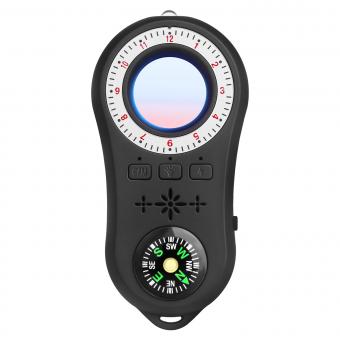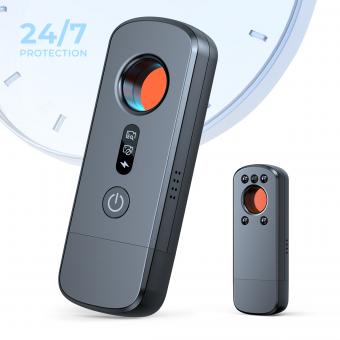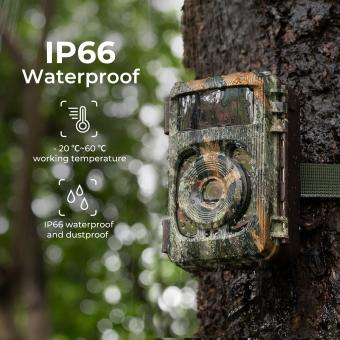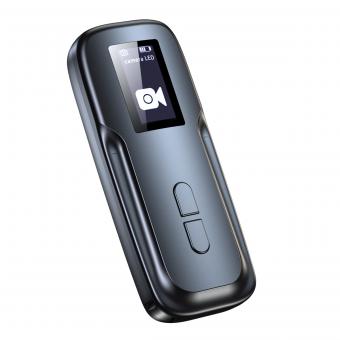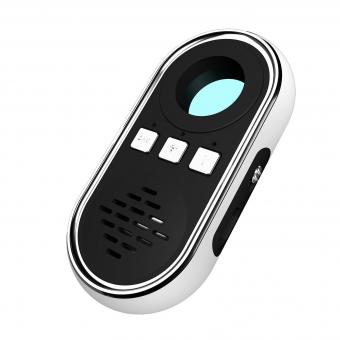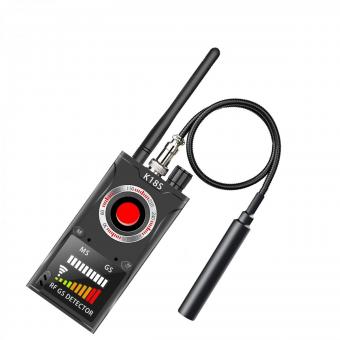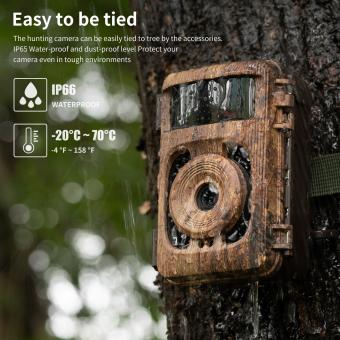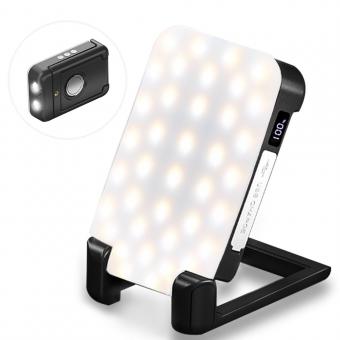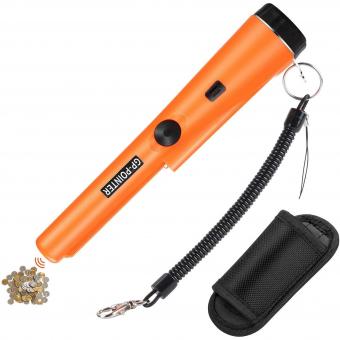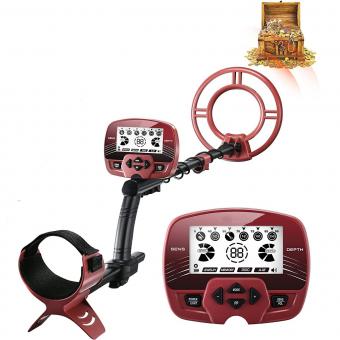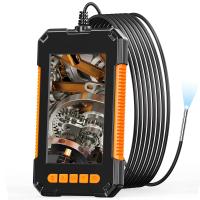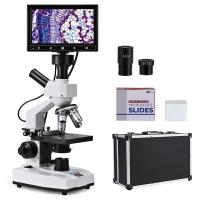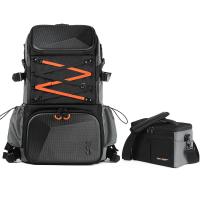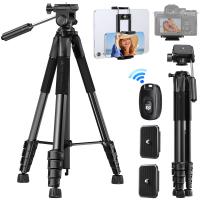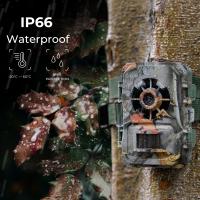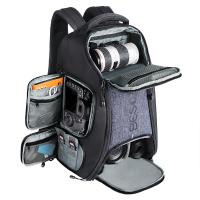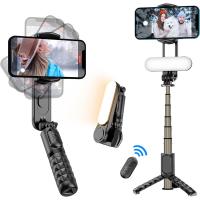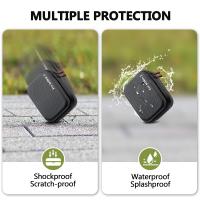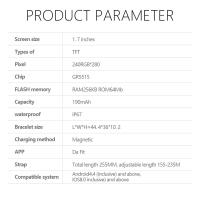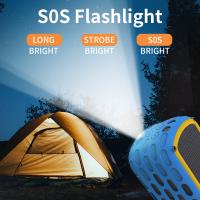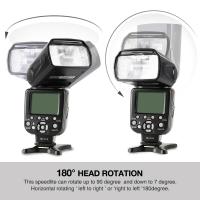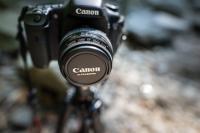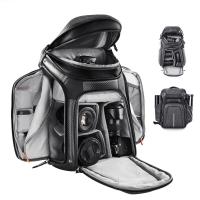What Is A Hidden Camera Detector?
In today's increasingly interconnected world, privacy has become a significant concern for many individuals. The prevalence of hidden cameras has raised the stakes, as these devices can be easily concealed in various environments, from homes and workplaces to hotels and rental properties. As a result, the demand for hidden camera detectors has surged among those looking to ensure their personal space remains private and secure. In this article, we will explore what hidden camera detectors are, the different types available, how to use them effectively, and practical steps to take when you suspect you're being recorded.
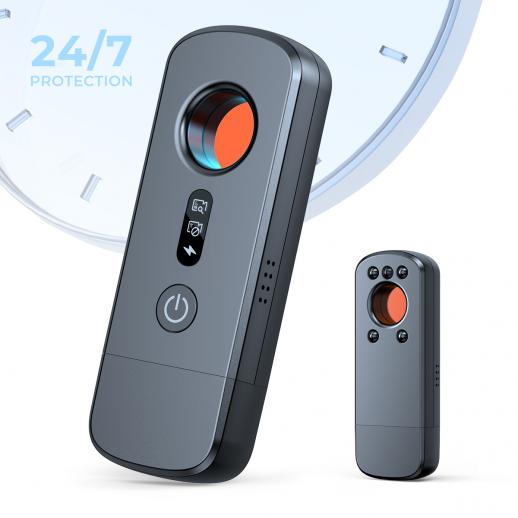
What Are Hidden Camera Detectors?
Hidden camera detectors are specialized devices designed to locate hidden cameras, regardless of how well they are concealed. These detectors operate by identifying the unique signals or reflective surfaces emitted or used by hidden cameras. By using such a device, individuals can sweep an area for the presence of hidden cameras and take appropriate action if any are discovered.
Types of Hidden Camera Detectors
There are several types of hidden camera detectors available on the market, each utilizing different technologies to locate hidden devices. Here are the most common ones:
1. RF Detectors:
- Purpose: These devices detect the radio frequency (RF) signals emitted by wireless hidden cameras.
- How They Work: Wireless devices transmit data back to a receiver, and RF detectors pick up these transmissions. When an RF detector comes near a hidden camera, it alerts the user through sound or light notification.
- Usage: Ideal for detecting cameras that rely on wireless communication. However, they may not pick up wired cameras or non-transmitting cameras.
2. Lens Detectors:
- Purpose: These devices utilize optical technology to locate camera lenses.
- How They Work: Lens detectors shine a light that reflects off camera lenses, which are often reflective even if the camera is not transmitting. The user can then observe these reflections through the detector’s viewfinder.
- Usage: Effective for locating both wired and wireless cameras by targeting the physical lens. They may require more careful scanning and can be less effective in very cluttered environments.
3. Combined Detectors:
- Purpose: These detectors combine multiple methods, such as RF detection and lens detection, to cover a broader range of hidden cameras.
- How They Work: They scan for RF signals while also using optical technology to locate hidden camera lenses, providing a more comprehensive sweep.
- Usage: Suitable for thorough inspections, combining the strengths of individual detection methods to increase accuracy and reliability.
How to Use Hidden Camera Detectors Effectively
Using hidden camera detectors correctly is crucial to ensure accurate detection of hidden devices. Here are some steps to maximize the efficacy of your hidden camera sweeps:
1. Understand the Environment:
- Familiarize yourself with the area you will be scanning. Identify common places where hidden cameras could be placed, such as smoke detectors, air vents, power sockets, and decorative items.
2. Conduct a Visual Inspection:
- Before using the detector, carry out a thorough visual inspection of the room. Look for anything unusual, such as small holes, wires that don’t seem to belong, or objects that appear out of place.
3. Power on the Detector:
- Ensure that the detector is fully charged or has fresh batteries. Turn it on and familiarize yourself with its operation, such as adjusting sensitivity settings and understanding its alerts.
4. Sweep Methodically:
- Use a systematic approach to sweep the area. Start from one corner of the room and move systematically, ensuring you scan all potential hiding spots. Pay extra attention to areas at eye level or higher, as these offer better angles for surveillance.
5. Check for Reflections:
- If using a lens detector, dim the lights and carefully scan for reflections that indicate a camera lens. Move slowly to ensure you do not miss any hidden devices.
6. Interference Considerations:
- Be aware of potential interference from other electronic devices. Turn off non-essential electronics and Wi-Fi networks if possible during your sweep to minimize false positives from RF detectors.
Practical Steps to Take When You Suspect You're Being Recorded
Discovering a hidden camera can be a distressing experience. Here are steps to take if you suspect you are being recorded:
1. Do Not Tamper with the Device:
- If you find a hidden camera, do not touch it. Tampering with it could destroy evidence or alert the person who placed it that it has been found.
2. Document the Evidence:
- Take photographs and videos of the hidden camera in situ, documenting its location and appearance. This evidence is crucial if you decide to report the incident.
3. Contact Authorities:
- Depending on the situation, contact local law enforcement or property management. In hotels or rental properties, report the incident to the management immediately. Law enforcement can advise on the next steps and investigate further.
4. Evaluate Your Security Measures:
- Assess your current security measures and enhance them if necessary. This could include using more advanced detectors, installing personal security cameras, or improving the physical security of your space.
5. Seek Legal Advice:
- Consider consulting a lawyer to understand your rights and any legal actions you can take against the individual who placed the hidden camera.
Hidden camera detectors are valuable tools in our bid to protect privacy and ensure security. By understanding the different types of detectors and how to use them properly, individuals can effectively locate hidden cameras and take appropriate actions to safeguard their personal space. In an era where privacy concerns are paramount, investing time and effort in employing hidden camera detectors can offer peace of mind and protect against unwarranted surveillance.
Whether for personal, professional, or travel-related use, being proactive about privacy protection can prevent intrusive surveillance and ensure your right to a private life remains intact. It’s a sound investment in our increasingly monitored world.

